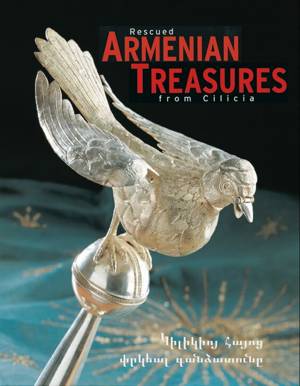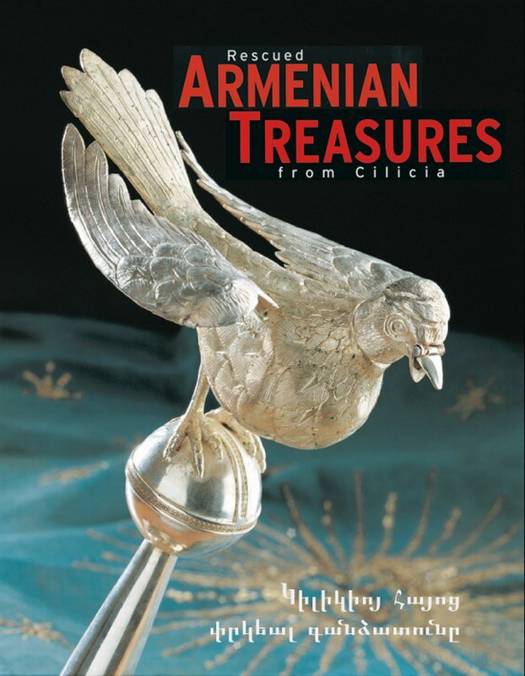
- Afhalen na 1 uur in een winkel met voorraad
- Gratis thuislevering in België vanaf € 30
- Ruim aanbod met 7 miljoen producten
- Afhalen na 1 uur in een winkel met voorraad
- Gratis thuislevering in België vanaf € 30
- Ruim aanbod met 7 miljoen producten
Zoeken
Rescued Armenian Treasures from Cilicia
Sacred Art from the Museum in Antelias, Lebanon
Hermann Goltz
€ 147,95
+ 295 punten
Omschrijving
The Christian-Armenian culture in Cilicia came to its end by the genocide of the Armenians in the Ottoman Empire in the times of World War I. During the deportations, the monastic brotherhood of the Catholikosate of Cilicia was expelled from Sis (Turkish Kozan). By inexpressible efforts, they were able to save to Aleppo the treasures of St. Sophia's Cathedral, including liturgical instruments, precious vestments and holy relics, which have been guarded for centuries. The dramatic rescue operation became famous as Vankin karawane - the monastery caravan. When the Catholikosate of Cilicia was relocated to the Lebanon in 1930 the treasure accompanied it. Since 1918, it has found its home in the Cilicia Museum in Antelias. The explanations of the monastery treasure are supplemented by unknown contemporary photos and documents from the Johannes Lepsius Archives in Halle about the fate of the Cilician Armenians at the beginning of the 20th century, as well as by the eye-witness report of the monastery caravan, which has been translated from the Armenian language for the first time.
Specificaties
Betrokkenen
- Auteur(s):
- Uitgeverij:
Inhoud
- Aantal bladzijden:
- 184
- Taal:
- Engels
- Reeks:
- Reeksnummer:
- nr. 7
Eigenschappen
- Productcode (EAN):
- 9783895001970
- Verschijningsdatum:
- 1/09/2000
- Uitvoering:
- Hardcover
- Formaat:
- Genaaid
- Afmetingen:
- 248 mm x 312 mm
- Gewicht:
- 1474 g

Alleen bij Standaard Boekhandel
+ 295 punten op je klantenkaart van Standaard Boekhandel
Beoordelingen
We publiceren alleen reviews die voldoen aan de voorwaarden voor reviews. Bekijk onze voorwaarden voor reviews.








